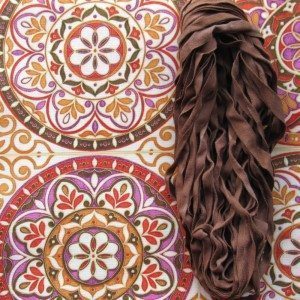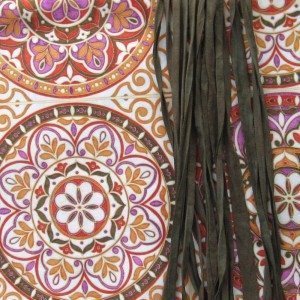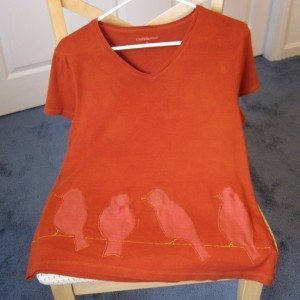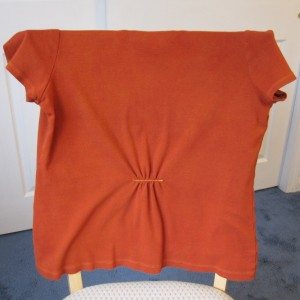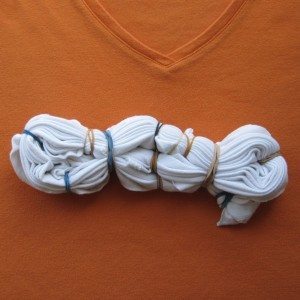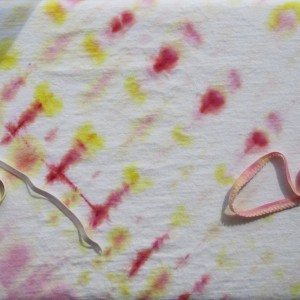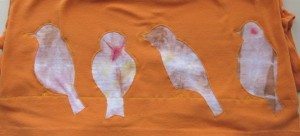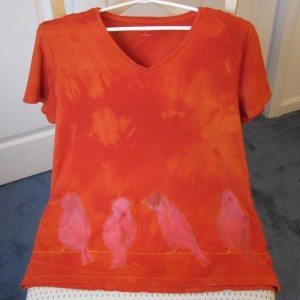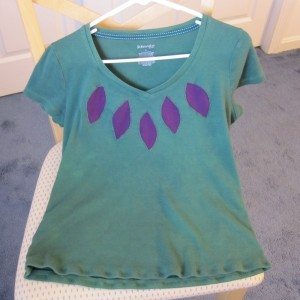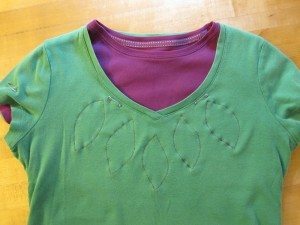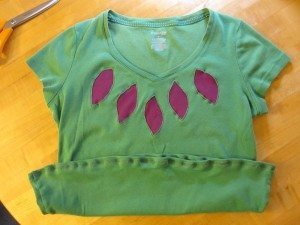My purse is dying and I want the next one to be hands-free, but I haven’t come up with a practical hip bag yet. That leaves a cross-body bag, but those straps tend to cut into me in unappealing ways. Well, a piece of luggage led me to realize I could mitigate that problem with a really wide strap – two and a half inches or so. But how to have such a wide strap? Webbing that wide is hard to come by, especially in natural fibers, and I wanted to be able to dye it to match some fabric I picked up while shopping for my project bag materials.
Well, I remembered the wide, flat braids taught on T.J. Potter’s site and found a source for cotton twill tape. I made some test braids with paper strips to check the result of braiding with various widths and ordered some 5/8″ tape. Since the purse probably won’t be laundered, I thought I could stain the strap with tea or coffee. Well, I did that, and here’s the result:
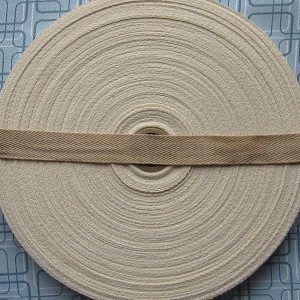
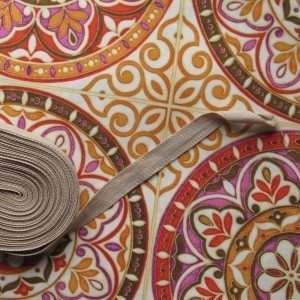
(That is the stained twill tape in both photos – my white balance is clearly not consistent from photo to photo.) A very effective stain, but not at all an appropriate color. And o ecru, thou art perhaps the least flattering color for my skin tone. [Incidentally, I did this by putting the morning’s used coffee grounds and four Lipton tea bags into a big pot of water with the tape, bringing it to a boil on the stove, and then shutting off the heat and letting it sit until it was cool. I may have let it simmer a little while, but not long.]
So then it was time to bring in the RIT. Dark brown and lemon yellow, because that’s what I had. Close, but no banana.
Looking at it I thought I should probably add more yellow, but a little voice kept nagging me that it needed green. I thought that was maybe crazy and called on my artist in residence for a second opinion. He seconded the green idea, provided it was a dark green. Fortunately I had dark green RIT on the shelf already and could do another round of coloring.
So much better! Now to iron and braid it…
